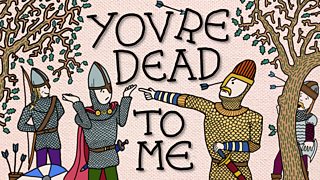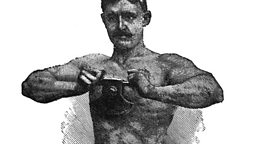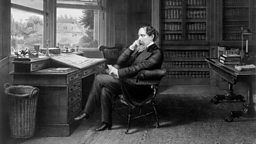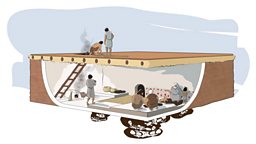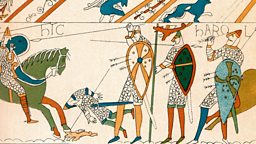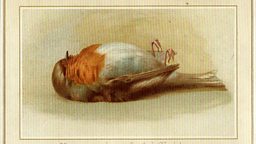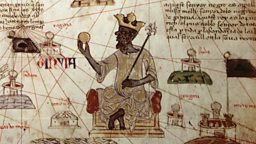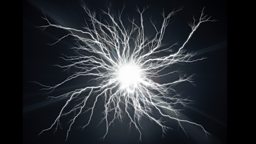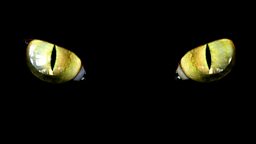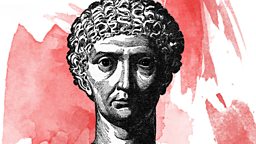Six spellbinding facts about the European Witch Craze
Thousands of people were executed as the Witch Craze spread like wildfire around Europe between 1450 and 1750.
In the You’re Dead To Me podcast, Greg Jenner talks about all things witchy with Professor Suzannah Lipscombe and comedian Cariad Lloyd. Here are six things they learned...
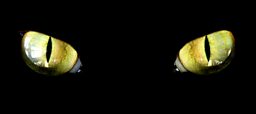
1. Around 45,000 people were executed during the European Witch Craze
The method of execution differed in different countries. For example, people in England were hanged for the crime of witchcraft but in Scotland, witchcraft was classed as heresy — a religious crime — which meant the punishment was burning. A huge majority of people executed for witchcraft were women.
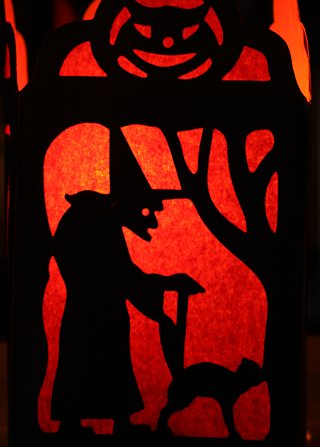
2. It was thought that witches had made a deal with the devil
This was known as the Diabolic Pact. Selling their soul to the devil would give witches their powers. People were particularly afraid of what was known as “maleficium” — witchcraft specifically intended to injure or harm.
3. There was a best-selling handbook on how to hunt witches
Malleus Maleficarum (which meant the Hammer of Witches) was published in 1487 by a German monk called Heinrich Kramer. It argued that witches really existed and provided tips on how to spot and exterminate them.
In terms of sales, Malleus Maleficarum was quite the chart topper, coming in at second place to the Bible.
4. James I of England wrote a book about witchcraft
It was called Daemonologie. He outlines the “proof” that witches existed and provided details of what legal process and punishments should be used to deal with witchcraft. Daemonologie was split it into three sections: 1) magic and necromancy; 2) witchcraft and sorcery; and 3) spirits and spectres.
5. There were many ways of “testing” someone to see if they were a witch
One method was searching for “witches’ marks” which could be anything from a mole or birthmark to an extra toe.
“Swimming” potential witches involved stripping them and tying their thumbs to their toes and dunking them in the water. If they floated, this meant that they had been rejected by the waters and were guilty, and if they sank they were innocent. Grim.

What was the witch "swimming" test?
Prof Suzannah Lipscomb explains how water was used to test alleged witches.
6. Anna Göldi is known as Europe’s last witch
Anna was decapitated in Switzerland in 1782. She was the last person in Europe to be executed for the crime of witchcraft. Like many other confessions of witchcraft, hers was extracted by torture.
Acknowledging that Anna’s execution was a miscarriage of justice, she was exonerated by the Swiss parliament in 2008.

More from Radio 4
-
![]()
The Witch Craze
Think you know all there is to know about witches? Think again.
-
![]()
Medieval Ghost Stories
Join Greg Jenner and his guests for a Halloween special about medieval ghost stories
-
![]()
Nine extraordinary facts about British witchcraft
A strange history of sorcery in the UK.
-
![]()
In Our Time: Witchcraft
Melvyn Bragg discusses witchcraft in Reformation Europe.

91�ȱ� Ideas film: The secret history of witches

The secret history of witches
91�ȱ� Ideas explores what it was like to be accused of witchcraft in the 17th Century.
